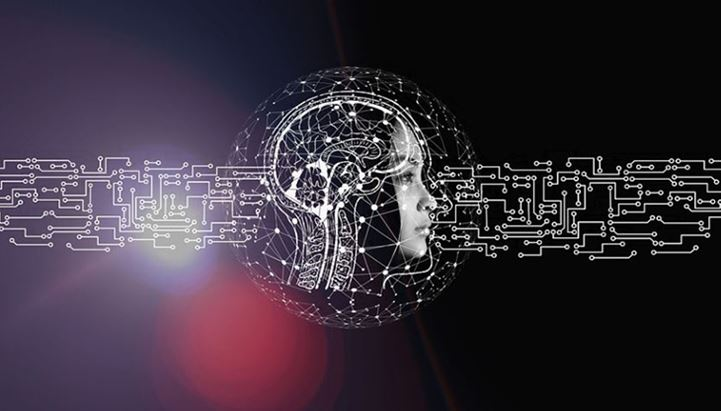How Artificial Intelligence Will Change Retailing Forever
For many years, AI ml in retail by Dataart has been working for the benefit of their customers. And today, we’ll discuss how AI will fundamentally alter the retail industry.
Artificial Intelligence (AI) may one day be utilized to get insights into consumers and streamline supply chains. Improve warehouse and logistics management, as well as automate delivery vehicles at distribution centers. Nowadays, cashier-free companies, computerized dressing rooms that help clients pick items, or robots that assist customers in selecting products are becoming more commonplace.
Using artificial intelligence to keep track of data
- Those who deal with supply networks and logistics
With AI, it is possible to extract data from consumers, suppliers, and other relevant sources. The supply and demand of goods, as well as keeping track of what you have and what you need, are all made simpler as a result of this., and inventory management; anticipate demand before goods become in demand; optimize warehouse and logistics management; and automate vehicles in distribution centers and other logistics operations in the modern supply chain. Retailers all around the globe are losing an estimated $1.1 trillion a year as a result of inadequate AI implementation.
- Blockchain and Golden State Foods (GSFSupply`s) Chain Tracking
Supply chain management, sales and after-sales support procedures may all be affected by the blockchain paradigm in retail.
- Gdo supermarkets without cashiers are the new trend
A more recent invention, supermarkets without cashiers, are popping up all over the globe. Shufersal, Israel’s largest grocery chain, is working with Trigo Vision to introduce checkout-free technology, or “checkout-less technology,” at more than 300 locations over the next five years. At the Century Tower store in Tel Aviv, customers don’t have to wait in line or use the self-checkout before they can grab products off of the shelf. You may use the app to pay your bill. Using this technology in an existing shop was initially announced by Shufersal.
- Optimization of prices
A shop in a mall When it comes to product evaluation, AI apps can assist organizations see how alternative pricing tactics could affect their items. In order to achieve this, the systems gather data about other items and promotions, as well as sales quantities. They will be able to generate more money in this manner by negotiating better agreements with clients. When it comes to pricing and marketing, eBay and Kroger are already using artificial intelligence.
- Predictions of future prices for various goods and services
AI can forecast a product’s pricing based on a variety of factors, including consumer demand, seasonality, features, and even the release dates of future versions of the same product. There are a variety of ways that predictive pricing is utilized in retail. For example, shoppers may use an app or service to learn in advance how the price of an item is expected to change.
- In a retail shop, items are classified using machine learning.
Machine learning algorithms may be used by customers who desire to acquire a certain product. Since Lalafo was launched in Estonia in 2015, sellers may just snap a photo of the items they wish to sell, and the computer detects, classifies, and even bids on the item. Lalafo is able to handle over 900 requests per second thanks to the usage of machine learning models.
Retaining Artificial Intelligence (AI): When Humans and Machines Interact
- Customer care help to use a chatbot
AI-powered chatbots can be used in the retail industry to improve customer service, find new products, notify customers of new collections, and provide related goods. As an example, if the buyer has already bought a jacket, the chatbot might suggest a pair of pants that match. Chatbots are being used or planned to be used by 80% of the world’s brands.
- The use of robots in the shop
Shoppers and store employees alike benefit from cutting-edge technology investments by the most modern merchants. In 2016, Lowe’s stores in the San Francisco area began using a robot dubbed Lowebot to help consumers discover items in many languages. The robot directs the consumer to the required items by strolling between departments and answering their questions. Instead of asking merchants irrelevant questions, customers may concentrate on the most important ones that will help them make a purchasing decision.
The enterprise app development company hopes you found this information useful!

